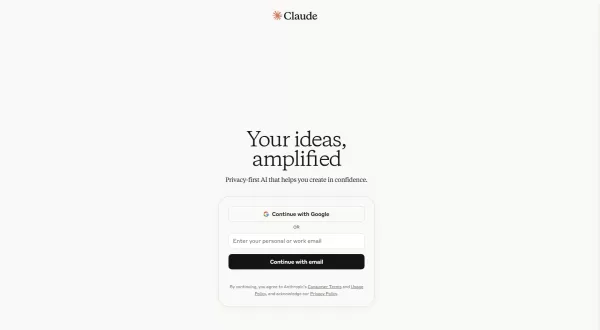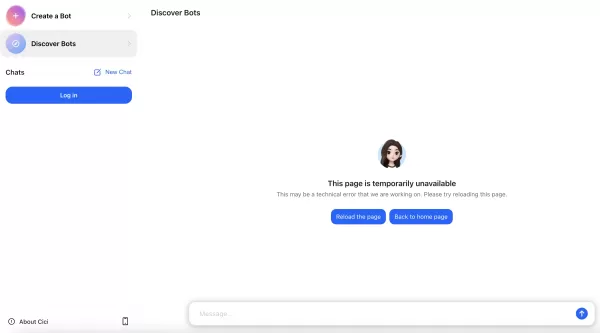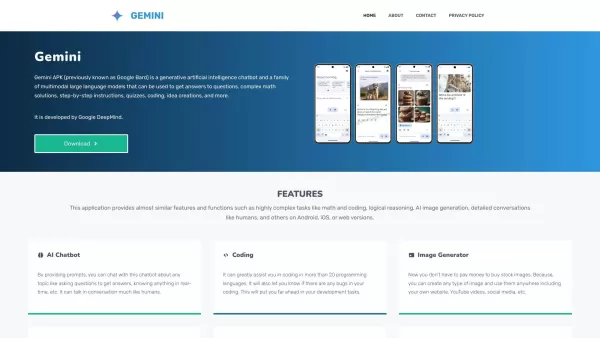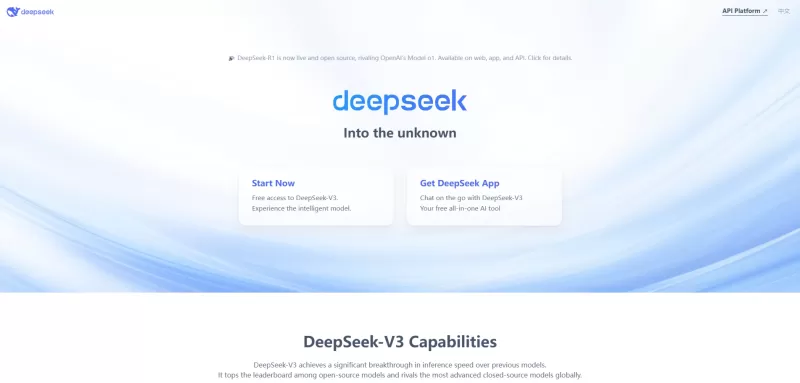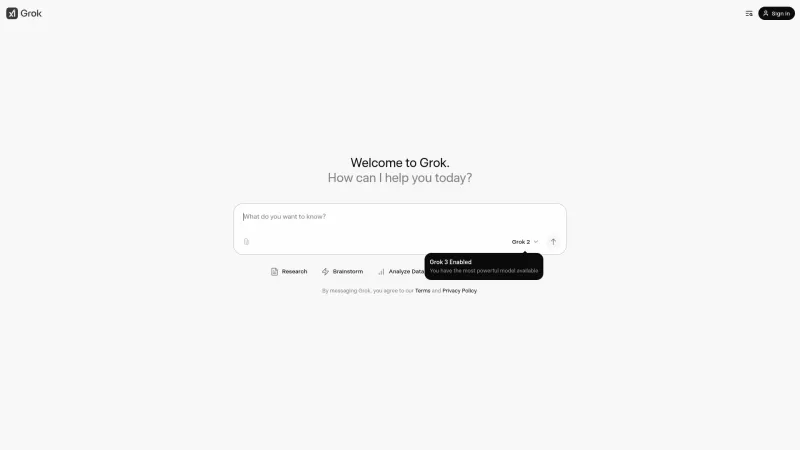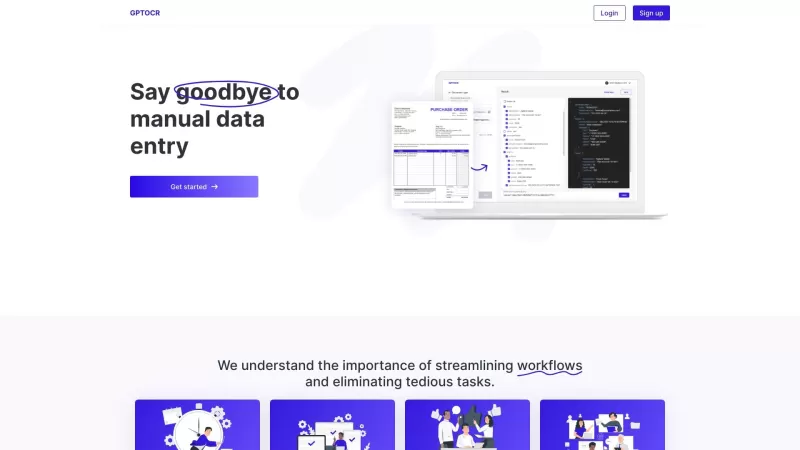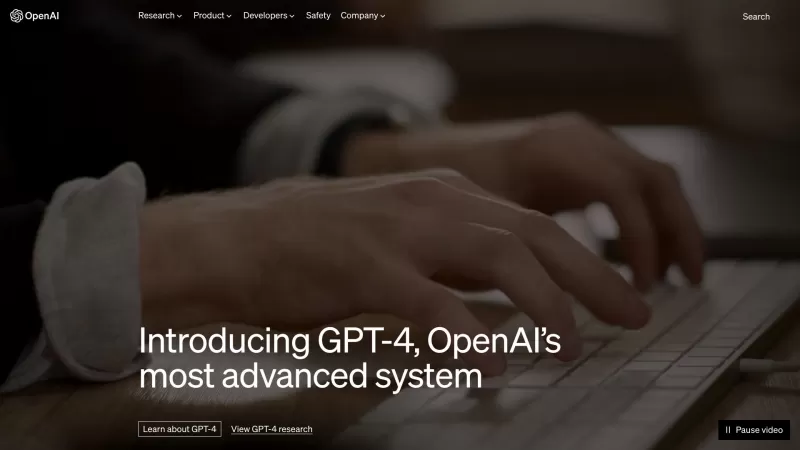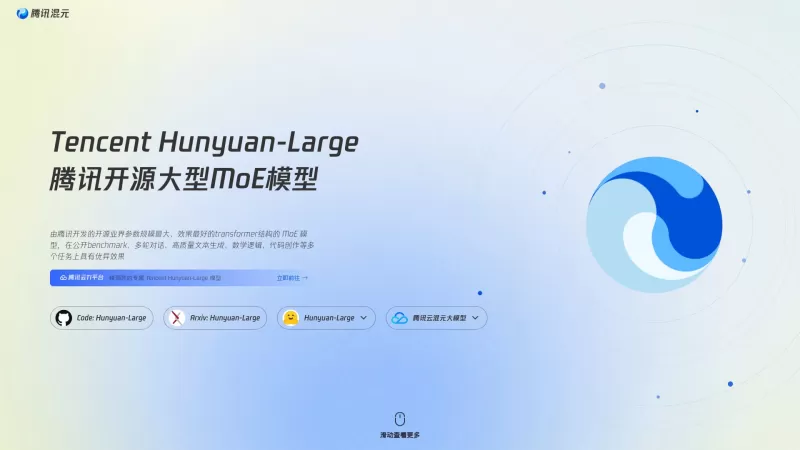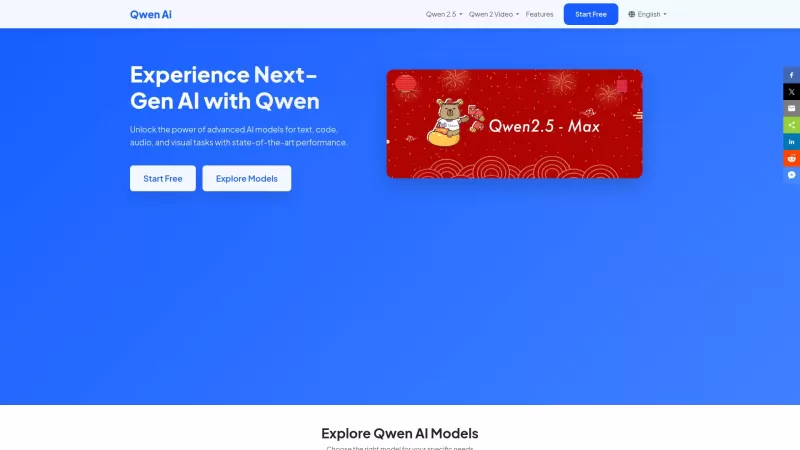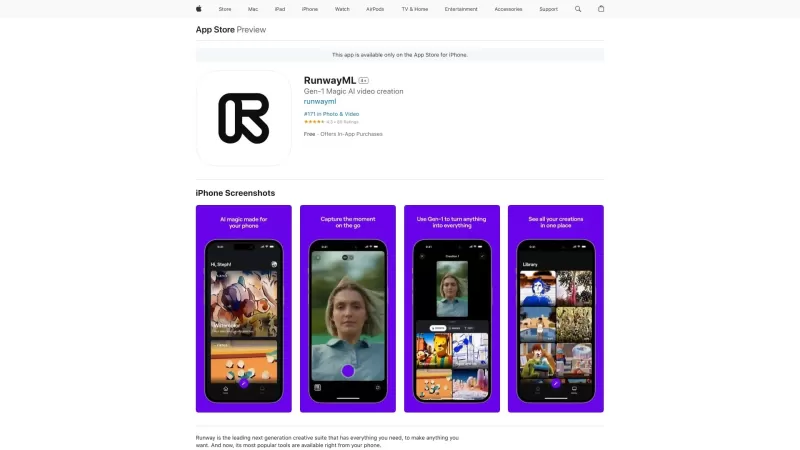Best AI Tools for Creating Educational Infographics – Design Tips & Techniques
In today's digitally-driven educational landscape, infographics have emerged as a transformative communication medium that converts complex information into visually appealing, easily understandable formats. AI technology is revolutionizing how educators create these visual learning aids, making professional-grade design accessible to all while dramatically reducing production time. This exploration delves into cutting-edge AI solutions like ChatGPT that empower teachers and content creators to develop captivating educational infographics through streamlined workflows, creative automation, and intelligent design assistance.
Key Points
Harness ChatGPT's capabilities for creative ideation and structured content organization
Employ AI-powered graphic generators to produce custom illustrations and data visualizations
Blend automated outputs with thoughtful manual refinements for distinctive educational materials
Prioritize clarity and inclusive design principles in all visual learning resources
Measure the educational impact and efficiency gains of AI-assisted design processes
Revolutionizing Infographic Design with AI
The Growing Importance of Infographics in Education
Educational infographics represent a paradigm shift in knowledge presentation, replacing text-heavy materials with visually engaging compositions that combine data visualization, iconography, and concise text. This multimodal approach particularly benefits visual learners while making challenging subjects more approachable for all students. The rising demand for such visual teaching tools has established infographic design as an essential skill in modern pedagogy.
Modern infographics offer educators significant advantages:
- Enhanced Learning Retention: Visual information processing boosts memory and comprehension
- Sustained Attention Capture: Vibrant designs maintain student focus during lessons
- Concept Simplification: Complex ideas become accessible through strategic visual decomposition
- Universal Learning Access: Visual formats support diverse cognitive styles and abilities
- Digital Distribution: Engaging formats facilitate easy sharing across digital platforms
How AI Changes the Game for Infographic Creation
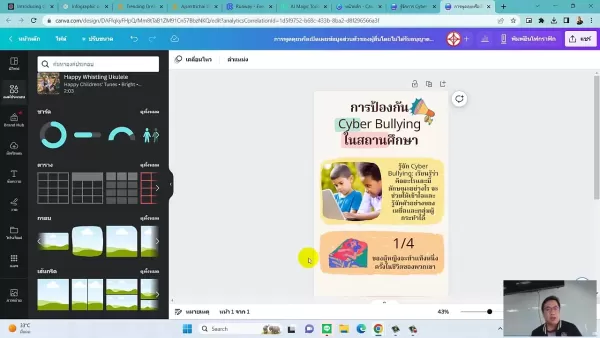
AI technologies are fundamentally transforming infographic development by automating labor-intensive design tasks that previously required specialized skills. These intelligent tools enable educators to concentrate on pedagogical content rather than technical execution, making professional visual communication accessible to non-designers.
AI-driven design innovations include:
- Automated Layout Generation: Intelligent algorithms suggest optimal visual hierarchies and composition structures
- Content Condensation: AI summarization distills complex academic material into digestible infographic content
- Custom Illustration Creation: Advanced text-to-image models generate bespoke graphics matching educational themes
- Accessibility Compliance: Automated tools ensure designs meet accessibility standards for all learners
- Smart Data Representation: Sophisticated algorithms transform raw statistics into compelling visual narratives
Leveraging ChatGPT for Educational Infographics
Brainstorming Ideas and Structuring Content with ChatGPT
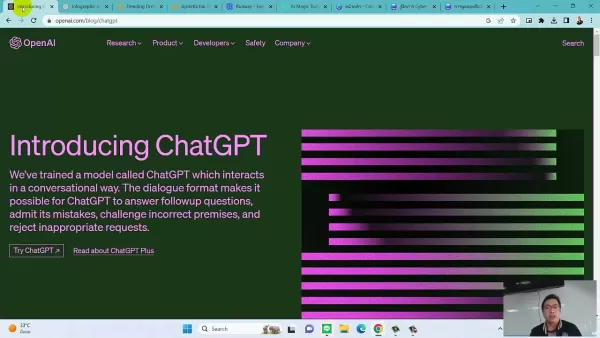
ChatGPT serves as an indispensable collaborative partner for educators developing infographic content. Its advanced language capabilities facilitate rapid ideation, structured content organization, and initial copy generation. Effective prompt engineering unlocks ChatGPT's full potential—specific requests like "Outline key digestive system processes for a middle school biology infographic" yield targeted, curriculum-aligned content frameworks.
Crafting Engaging Visual Prompts for AI Image Generators
Optimizing AI-generated visuals requires strategic prompt construction. Detailed descriptions specifying artistic style, emotional tone, and compositional elements significantly improve output relevance. For example, replacing generic requests like "science classroom" with "Cheerful diverse students conducting physics experiments in well-equipped modern lab, digital painting style with vibrant colors" produces more educationally appropriate imagery.
Combining AI-Generated Content and Manual Design Adjustments
The most effective AI-assisted infographics balance automated efficiency with human polish. While AI handles foundation work, educator oversight ensures academic accuracy, brand consistency, and age-appropriate content. Key refinement areas include factual verification of AI-generated text, visual style harmonization, and accessibility optimization for diverse learner needs.
Steps to Design Effective Educational Infographics with AI
Step-by-Step Guide
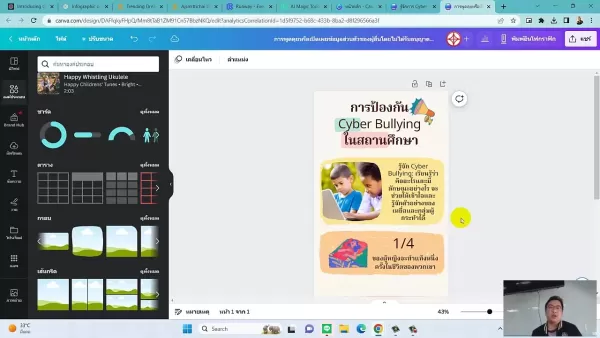
- Establish clear learning objectives and target audience considerations
- Collaborate with ChatGPT for content research and structural planning
- Generate custom visual assets using targeted AI art prompts
- Assemble components in design software with pedagogical flow in mind
- Implement human refinements for educational precision and visual polish
- Conduct student testing and gather educator feedback for iterative improvements
- Distribute final materials through appropriate educational channels
Pricing of AI Tools for Infographic Design
ChatGPT Pricing
OpenAI offers tiered ChatGPT access, with the Plus subscription ($20/month) providing priority access, enhanced features, and reliable availability—particularly valuable for educators creating materials during planning periods.
AI Image Generator Pricing
Leading visual AI platforms employ various monetization models. Midjourney's entry subscription ($10/month) suits educators needing periodic illustrations, while DALL-E's credit system accommodates project-based usage patterns common in academic settings.
Weighing the Benefits and Drawbacks of AI in Infographic Design
Pros
- Radically reduced production timelines for teaching materials
- Democratized access to professional design capabilities
- Continuous creative inspiration from AI suggestions
- Consistent quality output regardless of designer skill level
Cons
- Potential academic dependency requiring oversight
- Occasional factual inaccuracies necessitating verification
- Initial learning curve for optimal tool utilization
Core Features of AI Tools for Infographic Design
ChatGPT's Key Features
- Dynamic content generation across academic disciplines
- Intelligent content condensation and restructuring
- Multilingual translation capabilities
- Creative brainstorming partnership
AI Image Generator's Key Features
- Custom illustration creation from textual descriptions
- Style adaptation for consistent visual branding
- Automated image enhancement and upscaling
- Commercial licensing options
Use Cases for AI-Powered Infographics in Education
Simplifying Complex Subjects
AI infographics excel at breaking down sophisticated concepts like cellular biology or historical timelines into clear visual sequences that scaffold student understanding through strategic information layering.
Promoting Cyberbullying Awareness
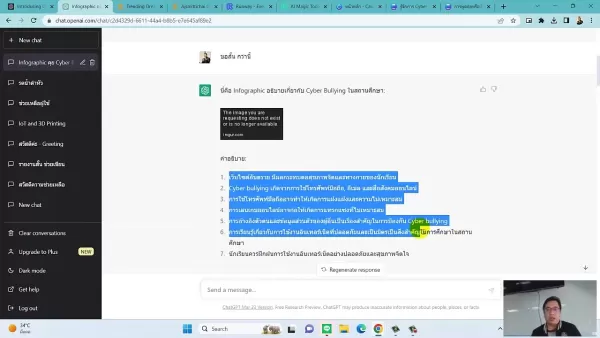
Visual campaigns about digital citizenship and online safety leverage AI's capacity to generate relatable scenarios and attention-grabbing statistics presentations that resonate with student audiences.
Enhancing STEM Education
Scientific phenomena and mathematical principles become more tangible through AI-generated diagrams, interactive visual models, and data representations that make abstract concepts concrete.
FAQ
What are the key benefits of using AI in infographic design for education?
AI transforms educational content creation by merging efficiency with quality, enabling time-pressed educators to produce professional learning materials that engage students through visual storytelling while maintaining academic rigor.
How can I ensure that AI-generated content is accurate and reliable?
Establish a review protocol where subject matter experts validate AI outputs against trusted sources, with particular attention to current research, appropriate reading levels, and cultural relevance for target student populations.
Related Questions
What are the steps for implementing cyberbullying prevention in schools?
Effective digital safety programs combine policy development, student education about responsible online behavior, teacher training for incident recognition, parent engagement strategies, and ongoing evaluation of program effectiveness through measurable outcomes.
Related article
 Topaz DeNoise AI: Best Noise Reduction Tool in 2025 – Full Guide
In the competitive world of digital photography, image clarity remains paramount. Photographers at all skill levels contend with digital noise that compromises otherwise excellent shots. Topaz DeNoise AI emerges as a cutting-edge solution, harnessing
Topaz DeNoise AI: Best Noise Reduction Tool in 2025 – Full Guide
In the competitive world of digital photography, image clarity remains paramount. Photographers at all skill levels contend with digital noise that compromises otherwise excellent shots. Topaz DeNoise AI emerges as a cutting-edge solution, harnessing
 Master Emerald Kaizo Nuzlocke: Ultimate Survival & Strategy Guide
Emerald Kaizo stands as one of the most formidable Pokémon ROM hacks ever conceived. While attempting a Nuzlocke run exponentially increases the challenge, victory remains achievable through meticulous planning and strategic execution. This definitiv
Master Emerald Kaizo Nuzlocke: Ultimate Survival & Strategy Guide
Emerald Kaizo stands as one of the most formidable Pokémon ROM hacks ever conceived. While attempting a Nuzlocke run exponentially increases the challenge, victory remains achievable through meticulous planning and strategic execution. This definitiv
 AI-Powered Cover Letters: Expert Guide for Journal Submissions
In today's competitive academic publishing environment, crafting an effective cover letter can make the crucial difference in your manuscript's acceptance. Discover how AI-powered tools like ChatGPT can streamline this essential task, helping you cre
Comments (0)
0/200
AI-Powered Cover Letters: Expert Guide for Journal Submissions
In today's competitive academic publishing environment, crafting an effective cover letter can make the crucial difference in your manuscript's acceptance. Discover how AI-powered tools like ChatGPT can streamline this essential task, helping you cre
Comments (0)
0/200
In today's digitally-driven educational landscape, infographics have emerged as a transformative communication medium that converts complex information into visually appealing, easily understandable formats. AI technology is revolutionizing how educators create these visual learning aids, making professional-grade design accessible to all while dramatically reducing production time. This exploration delves into cutting-edge AI solutions like ChatGPT that empower teachers and content creators to develop captivating educational infographics through streamlined workflows, creative automation, and intelligent design assistance.
Key Points
Harness ChatGPT's capabilities for creative ideation and structured content organization
Employ AI-powered graphic generators to produce custom illustrations and data visualizations
Blend automated outputs with thoughtful manual refinements for distinctive educational materials
Prioritize clarity and inclusive design principles in all visual learning resources
Measure the educational impact and efficiency gains of AI-assisted design processes
Revolutionizing Infographic Design with AI
The Growing Importance of Infographics in Education
Educational infographics represent a paradigm shift in knowledge presentation, replacing text-heavy materials with visually engaging compositions that combine data visualization, iconography, and concise text. This multimodal approach particularly benefits visual learners while making challenging subjects more approachable for all students. The rising demand for such visual teaching tools has established infographic design as an essential skill in modern pedagogy.
Modern infographics offer educators significant advantages:
- Enhanced Learning Retention: Visual information processing boosts memory and comprehension
- Sustained Attention Capture: Vibrant designs maintain student focus during lessons
- Concept Simplification: Complex ideas become accessible through strategic visual decomposition
- Universal Learning Access: Visual formats support diverse cognitive styles and abilities
- Digital Distribution: Engaging formats facilitate easy sharing across digital platforms
How AI Changes the Game for Infographic Creation

AI technologies are fundamentally transforming infographic development by automating labor-intensive design tasks that previously required specialized skills. These intelligent tools enable educators to concentrate on pedagogical content rather than technical execution, making professional visual communication accessible to non-designers.
AI-driven design innovations include:
- Automated Layout Generation: Intelligent algorithms suggest optimal visual hierarchies and composition structures
- Content Condensation: AI summarization distills complex academic material into digestible infographic content
- Custom Illustration Creation: Advanced text-to-image models generate bespoke graphics matching educational themes
- Accessibility Compliance: Automated tools ensure designs meet accessibility standards for all learners
- Smart Data Representation: Sophisticated algorithms transform raw statistics into compelling visual narratives
Leveraging ChatGPT for Educational Infographics
Brainstorming Ideas and Structuring Content with ChatGPT

ChatGPT serves as an indispensable collaborative partner for educators developing infographic content. Its advanced language capabilities facilitate rapid ideation, structured content organization, and initial copy generation. Effective prompt engineering unlocks ChatGPT's full potential—specific requests like "Outline key digestive system processes for a middle school biology infographic" yield targeted, curriculum-aligned content frameworks.
Crafting Engaging Visual Prompts for AI Image Generators
Optimizing AI-generated visuals requires strategic prompt construction. Detailed descriptions specifying artistic style, emotional tone, and compositional elements significantly improve output relevance. For example, replacing generic requests like "science classroom" with "Cheerful diverse students conducting physics experiments in well-equipped modern lab, digital painting style with vibrant colors" produces more educationally appropriate imagery.
Combining AI-Generated Content and Manual Design Adjustments
The most effective AI-assisted infographics balance automated efficiency with human polish. While AI handles foundation work, educator oversight ensures academic accuracy, brand consistency, and age-appropriate content. Key refinement areas include factual verification of AI-generated text, visual style harmonization, and accessibility optimization for diverse learner needs.
Steps to Design Effective Educational Infographics with AI
Step-by-Step Guide

- Establish clear learning objectives and target audience considerations
- Collaborate with ChatGPT for content research and structural planning
- Generate custom visual assets using targeted AI art prompts
- Assemble components in design software with pedagogical flow in mind
- Implement human refinements for educational precision and visual polish
- Conduct student testing and gather educator feedback for iterative improvements
- Distribute final materials through appropriate educational channels
Pricing of AI Tools for Infographic Design
ChatGPT Pricing
OpenAI offers tiered ChatGPT access, with the Plus subscription ($20/month) providing priority access, enhanced features, and reliable availability—particularly valuable for educators creating materials during planning periods.
AI Image Generator Pricing
Leading visual AI platforms employ various monetization models. Midjourney's entry subscription ($10/month) suits educators needing periodic illustrations, while DALL-E's credit system accommodates project-based usage patterns common in academic settings.
Weighing the Benefits and Drawbacks of AI in Infographic Design
Pros
- Radically reduced production timelines for teaching materials
- Democratized access to professional design capabilities
- Continuous creative inspiration from AI suggestions
- Consistent quality output regardless of designer skill level
Cons
- Potential academic dependency requiring oversight
- Occasional factual inaccuracies necessitating verification
- Initial learning curve for optimal tool utilization
Core Features of AI Tools for Infographic Design
ChatGPT's Key Features
- Dynamic content generation across academic disciplines
- Intelligent content condensation and restructuring
- Multilingual translation capabilities
- Creative brainstorming partnership
AI Image Generator's Key Features
- Custom illustration creation from textual descriptions
- Style adaptation for consistent visual branding
- Automated image enhancement and upscaling
- Commercial licensing options
Use Cases for AI-Powered Infographics in Education
Simplifying Complex Subjects
AI infographics excel at breaking down sophisticated concepts like cellular biology or historical timelines into clear visual sequences that scaffold student understanding through strategic information layering.
Promoting Cyberbullying Awareness

Visual campaigns about digital citizenship and online safety leverage AI's capacity to generate relatable scenarios and attention-grabbing statistics presentations that resonate with student audiences.
Enhancing STEM Education
Scientific phenomena and mathematical principles become more tangible through AI-generated diagrams, interactive visual models, and data representations that make abstract concepts concrete.
FAQ
What are the key benefits of using AI in infographic design for education?
AI transforms educational content creation by merging efficiency with quality, enabling time-pressed educators to produce professional learning materials that engage students through visual storytelling while maintaining academic rigor.
How can I ensure that AI-generated content is accurate and reliable?
Establish a review protocol where subject matter experts validate AI outputs against trusted sources, with particular attention to current research, appropriate reading levels, and cultural relevance for target student populations.
Related Questions
What are the steps for implementing cyberbullying prevention in schools?
Effective digital safety programs combine policy development, student education about responsible online behavior, teacher training for incident recognition, parent engagement strategies, and ongoing evaluation of program effectiveness through measurable outcomes.
 Topaz DeNoise AI: Best Noise Reduction Tool in 2025 – Full Guide
In the competitive world of digital photography, image clarity remains paramount. Photographers at all skill levels contend with digital noise that compromises otherwise excellent shots. Topaz DeNoise AI emerges as a cutting-edge solution, harnessing
Topaz DeNoise AI: Best Noise Reduction Tool in 2025 – Full Guide
In the competitive world of digital photography, image clarity remains paramount. Photographers at all skill levels contend with digital noise that compromises otherwise excellent shots. Topaz DeNoise AI emerges as a cutting-edge solution, harnessing
 Master Emerald Kaizo Nuzlocke: Ultimate Survival & Strategy Guide
Emerald Kaizo stands as one of the most formidable Pokémon ROM hacks ever conceived. While attempting a Nuzlocke run exponentially increases the challenge, victory remains achievable through meticulous planning and strategic execution. This definitiv
Master Emerald Kaizo Nuzlocke: Ultimate Survival & Strategy Guide
Emerald Kaizo stands as one of the most formidable Pokémon ROM hacks ever conceived. While attempting a Nuzlocke run exponentially increases the challenge, victory remains achievable through meticulous planning and strategic execution. This definitiv
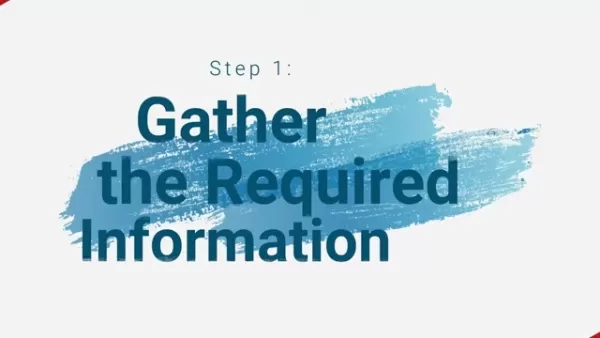 AI-Powered Cover Letters: Expert Guide for Journal Submissions
In today's competitive academic publishing environment, crafting an effective cover letter can make the crucial difference in your manuscript's acceptance. Discover how AI-powered tools like ChatGPT can streamline this essential task, helping you cre
AI-Powered Cover Letters: Expert Guide for Journal Submissions
In today's competitive academic publishing environment, crafting an effective cover letter can make the crucial difference in your manuscript's acceptance. Discover how AI-powered tools like ChatGPT can streamline this essential task, helping you cre
